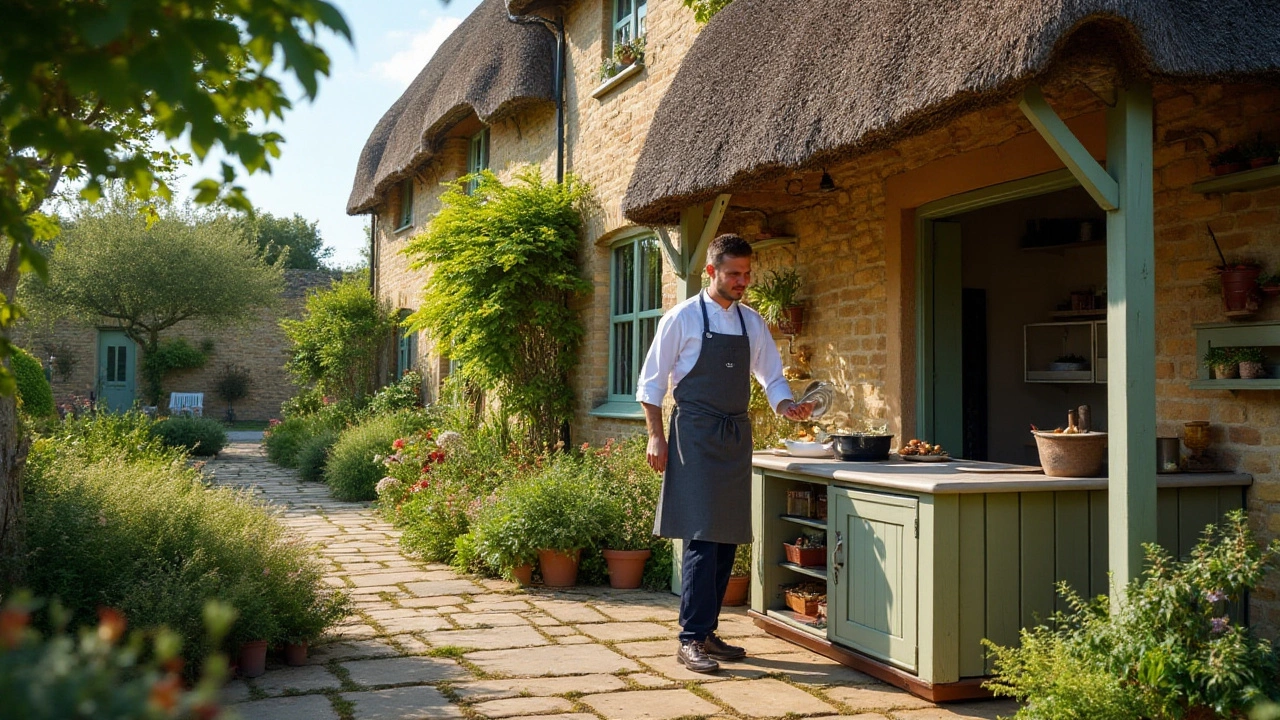Self‑Catering Holidays in Lancashire: Your Practical Guide
Looking for a break where you set the pace, cook your meals, and soak up the Lancashire countryside? A self‑catering stay gives you the freedom to plan your day without restaurant bills or rigid schedules. Below you’ll find the basics you need to pick the right cottage, avoid common pitfalls, and make the most of your DIY vacation.
Why Choose Self‑Catering?
First off, self‑catering means you have a kitchen. That translates to lower food costs and the ability to eat exactly what you like—whether that’s a full English breakfast or a quick sandwich after a hike. You also get privacy. No front‑desk check‑ins, no shared lounge, just you, your group, and the space you’re renting.
Another big plus is flexibility. Want to start your day early with a sunrise walk and a coffee on the porch? No problem. Prefer a lazy afternoon cooking together? Your kitchen is waiting. This level of control is hard to match in a traditional hotel, especially in popular tourist spots where restaurants fill up fast.
Finally, self‑catering often offers better value for families or groups. Splitting the cost of a whole cottage between four people usually comes out cheaper than booking multiple hotel rooms, plus you get extra bedrooms, living areas, and sometimes even games or a garden.
How to Book the Best Self‑Catering Stay
Start by deciding what matters most to you. Do you need a pet‑friendly property? A garden for kids? Quick access to walking trails? Write down the must‑haves before you search. Most Lancashire rental sites let you filter by these features, so you won’t waste time scrolling through unsuitable options.
Check the kitchen setup. A fully equipped kitchen should have a fridge, stove, oven, microwave, and enough cookware for the number of guests. Look at photos closely—some listings call themselves “self‑catering” but only offer a basic kitchenette.
Read recent guest reviews. They reveal hidden details like noisy neighbors, unreliable Wi‑Fi, or a landlord who’s slow to respond. If a property consistently gets high marks for cleanliness and helpful hosts, it’s a safe bet.
Pay attention to the booking policy. Direct bookings with owners often save you the extra fee that third‑party sites charge. If you go through a platform, check cancellation terms—flexible policies are worth the slight price bump, especially if your travel dates aren’t set in stone.
Once you’ve booked, plan your meals ahead. Buying groceries in a local market not only supports the community but also gives you fresh produce to cook with. Many Lancashire towns have weekly markets where you can pick up cheese, bread, and seasonal vegetables.
Finally, respect the property. Treat it like your own home: clean up after yourself, follow any house rules, and leave a note for the next guests if something needs fixing. A good relationship with the owner often means they’ll offer you a discount on a future stay.
Self‑catering in Lancashire lets you blend the comfort of home with the adventure of a vacation. With a little planning and the right checklist, you’ll enjoy a relaxed, affordable break that feels tailor‑made just for you.

Catering vs Self-Catering: A Guide to Self-Catering Cottages
Choosing between catering and self-catering can greatly influence your vacation experience, especially when considering cottages as lodging. Catering involves meals prepared by a professional service, either on-site or nearby, providing a convenient dining option. Self-catering, on the other hand, requires guests to prepare their own meals, granting them full control over their dining preferences and schedule. This article explores the key differences, pros and cons, and offers valuable tips for making the most of your self-catering cottage experience.
Continue Reading